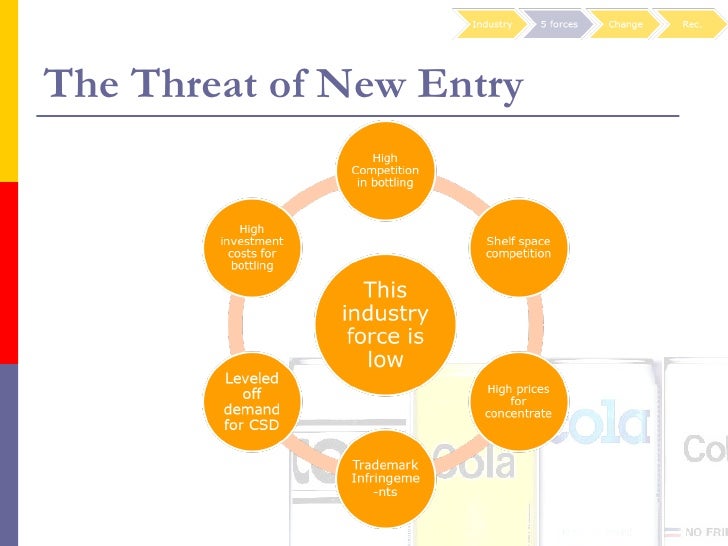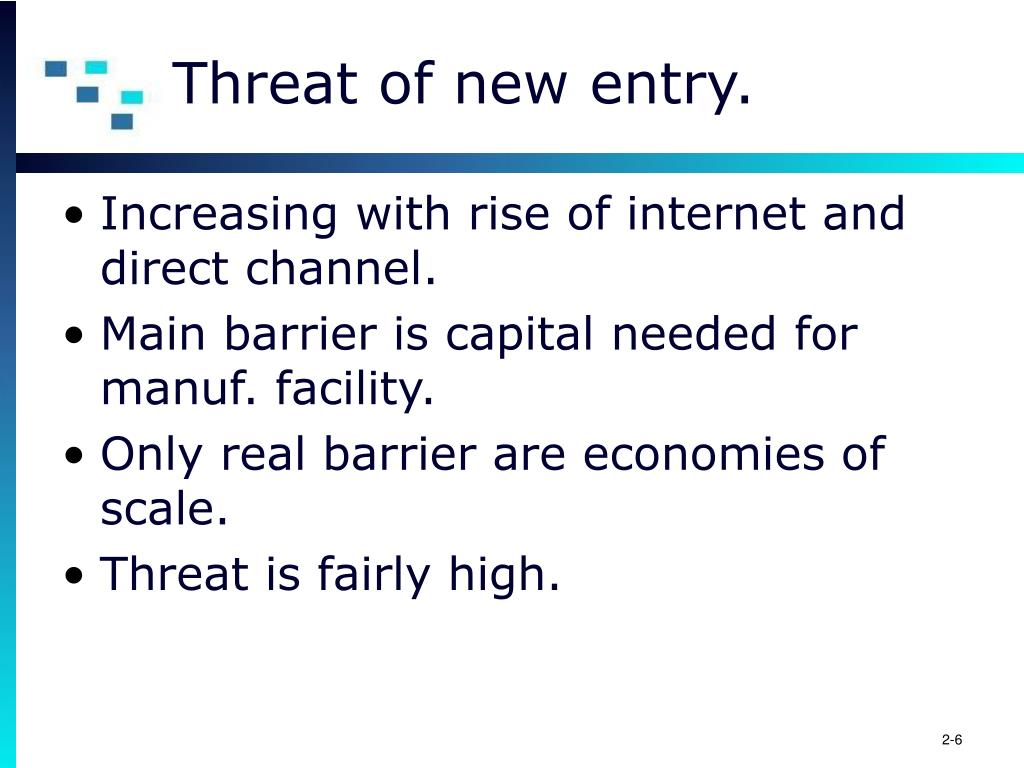
In order to be successful and challenge established market players, new entrants need to have wide range of products stored in warehouses and distribution centres. Industrial distribution is a highly capital-intensive business. However, new market entrants are not able to benefit from the economies of scale to a similar extent and therefore, economies of scale emerges as an important entry barrier to the B2B distribution industry. Accordingly, Grainger benefits from the economies of scale to a great extent with positive implications on the cost structure of the business.

Grainger purchases more than 1,7 million types of products from approximately 5000 suppliers worldwide. Economies of scale is a critical success factor in B2B distribution. Inter-relationships of the following factors determine the extent of threat of new entrants into industrial distribution: 1. Grainger Porter’s Five Forces Threat of new entrants into traditional B2B distribution is not significant. Grainger Porter’s Five Forces are illustrated in figure below: Porter’s Five Forces Threat of new entrants in W.W. The framework consists of five individual forces that shape an overall extent of competition in an industry.

Porter’s Five Forces is a strategic analytical framework developed by Michael Porter (1979).


 0 kommentar(er)
0 kommentar(er)
